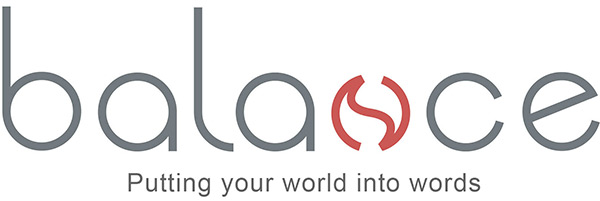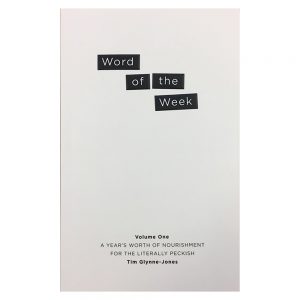Last week, somewhat oxymoronically, I tucked into the subject of fasting and served up, in a small ceramic side dish, the word breakfast. It’s always been a favourite of mine, not so much for the sound as the taste.
The clue is in the name. Breakfast tastes so good because it comes after a (relatively) prolonged period of fasting (ie night time) and one of the miracles of the human machine is that hunger makes everything taste better. Ever read King Rat by James Clavell? You’ll get the point.
Tastes, like smells, are highly evocative and breakfast always makes me think of the 70s, the heyday of Snap, Crackle and Pop, Tony the Tiger and the Honey Monster (yes, kids, people really did look like that in the 70s. It was a decade with ‘breakfast’ written all over it, usually taken by candlelight, with ice on the inside of the windows and a soundtrack of breakfast-inspired brilliance. Hot Chocolate, The Jam, Lady Marmalade, Orange Juice… and in 1978 a peculiar little novelty record by Streetband, featuring a pre-fame Paul Young on vocals, called Toast.
If you’re a fan of late-70s novelty records, it’s worth clicking that link because it’s followed by the legendary winner of the One Hit Wonder World Cup, Jilted John by Jilted John, aka John Shuttleworth, aka Graham Fellows. ‘Gordon is a moron’ anybody? They simply do not write em like that any more.
There’s lots to be said about breakfast (maybe I could get a cereal out of it) but it’s toast that has brought me to this point in the narrative and toast to which I should stay true, because, while breakfast trends may come and go, toast remains constant.
Toast has been with us since the dawn of time – or since dawn anyway. Recently discovered cave paintings in Spain reveal that the Neanderthals were partial to toast (although some people may interpret those daubs differently) and toast has featured large throughout history: the burning of the toast at Ephesus, King Alfred burning the toast, the Great Fire of London… The Emperor Nero practised his violin rather than keeping an eye on the toast.
In those days, of course, toast was cooked over an open flame. The first electric toaster didn’t arrive until 1909, remarkably late in the evolutionary curve, considering we had the train, the car, the aeroplane, the light bulb, the telephone and cricket by then. It was followed 10 years later by the first pop-up toaster, which removed the need to take your life in your hands by sticking a knife into the slot to free your thick-cut doorstep from the electrified clutches of the machine’s innards.
Toast is good but it ain’t worth dying for.
Apparently yesterday was National Toast Day, whatever that means. Who decides these things? Surely every day is toast day. This week alone I’ve had marmalade, jam, banana, mackerel, cheese and honey on toast (not all at the same time), all of which highlights the importance of this simple but versatile dish (let’s call it a dish), and the fact that you don’t have to be Mary Berry to get the best out of it.
Interesting fact alert: In Tudor and Stuart times they dipped pieces of spiced toast into drinks to flavour them. And guess what, it’s from this medieval practice that we get the meaning of toast as ‘a drink to someone’s health’.
Crumbs!


